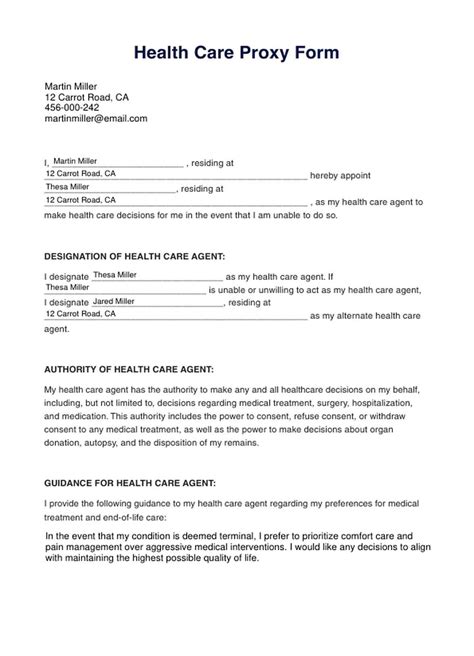Amlodipine, a calcium channel blocker, is primarily used to treat high blood pressure and prevent certain types of chest pain (angina). It works by relaxing the muscles of the heart and blood vessels. The medication is available in various strengths, with 5 mg being one of the common dosages. Here’s an in-depth look at the uses of amlodipine 5 mg, its effectiveness, potential side effects, and other essential considerations.
High Blood Pressure (Hypertension)
High blood pressure is a condition that, if left untreated, can lead to serious complications such as heart disease, stroke, and kidney disease. Amlodipine 5 mg is often prescribed as an initial dose for the treatment of hypertension. It helps in lowering the blood pressure by dilating the blood vessels, allowing blood to flow more smoothly and the heart to pump more efficiently. The effectiveness of amlodipine in managing hypertension has been well-documented in clinical trials, showing significant reductions in blood pressure with minimal side effects when compared to placebo.
Angina
Amlodipine 5 mg is also used to treat a type of chest pain known as angina (chest pain or discomfort caused when the heart muscle does not get as much oxygen-rich blood as it needs). This condition is often a symptom of coronary artery disease. By reducing the heart’s workload and opening up blood vessels, amlodipine increases blood flow to the heart, reducing the frequency and severity of angina attacks. Patients with vasospastic angina (a type of angina caused by spasm of the coronary arteries) also benefit from amlodipine, as it helps prevent the arteries from constricting.
Other Uses
While high blood pressure and angina are the primary conditions treated with amlodipine, it may also be used for other purposes, such as treating Raynaud’s phenomenon, a condition that causes some areas of the body — such as fingers and toes — to feel numb and cold in response to cold temperatures or stress. Amlodipine can help improve blood flow to these areas.
Potential Side Effects
As with any medication, amlodipine 5 mg can cause side effects. Common side effects include:
- Dizziness
- Lightheadedness
- Swelling of legs or ankles
- Fatigue
- Nausea
- Headache
- Flushing
Most of these side effects are mild and temporary, but in some cases, more severe reactions can occur. It’s essential to discuss any concerns or side effects experienced with a healthcare provider.
Interactions and Precautions
Amlodipine can interact with other medications, including other blood pressure medications, certain antifungals, and anti-seizure drugs, among others. Grapefruit and grapefruit juice should also be avoided while taking amlodipine, as they can increase the levels of the medication in the blood, leading to increased risk of side effects. Patients with liver disease or those who are pregnant or breastfeeding should consult their healthcare provider before starting amlodipine.
Conclusion
Amlodipine 5 mg is an effective medication for managing high blood pressure and preventing angina. While it is generally well-tolerated, understanding its potential side effects, interactions, and precautions is crucial for safe use. Regular monitoring of blood pressure and adjustment of dosage as needed under the guidance of a healthcare provider can help in achieving the best outcomes.
FAQ Section
What is the primary use of amlodipine 5 mg?
+Amlodipine 5 mg is primarily used to treat high blood pressure and prevent certain types of chest pain (angina).
Can I stop taking amlodipine 5 mg if I feel better?
+No, do not stop taking amlodipine without first talking to your doctor. Stopping the medication abruptly can lead to a rise in blood pressure.
How long does it take for amlodipine 5 mg to start working?
+Amlodipine starts working within a few hours, but it may take a few weeks to see the full effect on blood pressure.
Can I take amlodipine 5 mg with other medications?
+It’s crucial to inform your healthcare provider about all the medications you are taking. Amlodipine can interact with certain medications, affecting its efficacy or increasing the risk of side effects.
What should I do if I miss a dose of amlodipine 5 mg?
+If you miss a dose, take it as soon as you remember. However, if it’s almost time for your next dose, skip the missed dose and continue with your regular dosing schedule. Do not take a double dose to make up for the missed dose.


